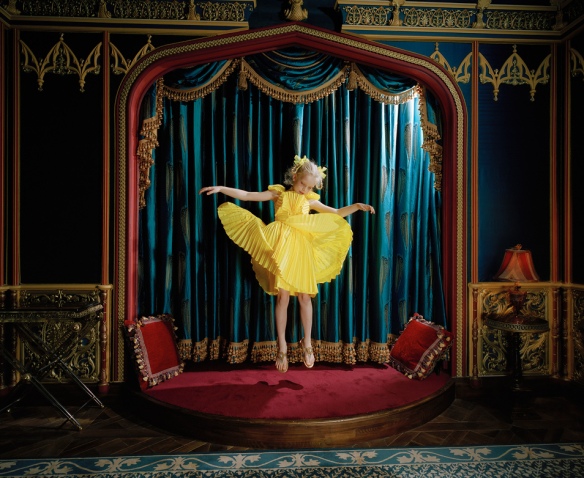
“For us, art is not an end in itself … but it is an opportunity for the true perception and criticism of the times we live in.” (Dada poet Hugo Ball)
After her Graffiti Debate lesson plan series, Vicky Papageorgiou is sharing with us her second lesson plan series for the Visual Arts Circle. Social Inequalities is a mini course teaching students how to prepare oral presentations using contemporary artists as an incentive. The target group is students over 16 years old and the level is B2+ . In total it lasts about 8-9 teaching hours. This is why the whole series will be posted in 3 parts (First : lesson plan 1, Second : lesson plan 2 and Third : lesson plan 3 & 4 together).
Part of this course has been based on specific transformative methods by Kokkos and by Perkins, employing critical thinking techniques and reflective methods to motivate learners to consider and reconsider their views on modern social matters and hopefully to lead them to change through art. All the artworks used have been carefully selected among works by contemporary artists from a variety of countries who use a variety of artistic media to address and comment on these inequalities through their work and who have also tried to make these problems more relatable to the public.
We hope you find interesting the first part of this mini course. Stay tuned for the next parts until it is complete. In the meantime, we invite you to leave your comments if you wish.
All the supporting documents for the 1st Lesson plan can be found below :
oral presentation series lesson plan one (2)
nelson mandela cut up phrase
focus on inequalities 2
Happy reading!



